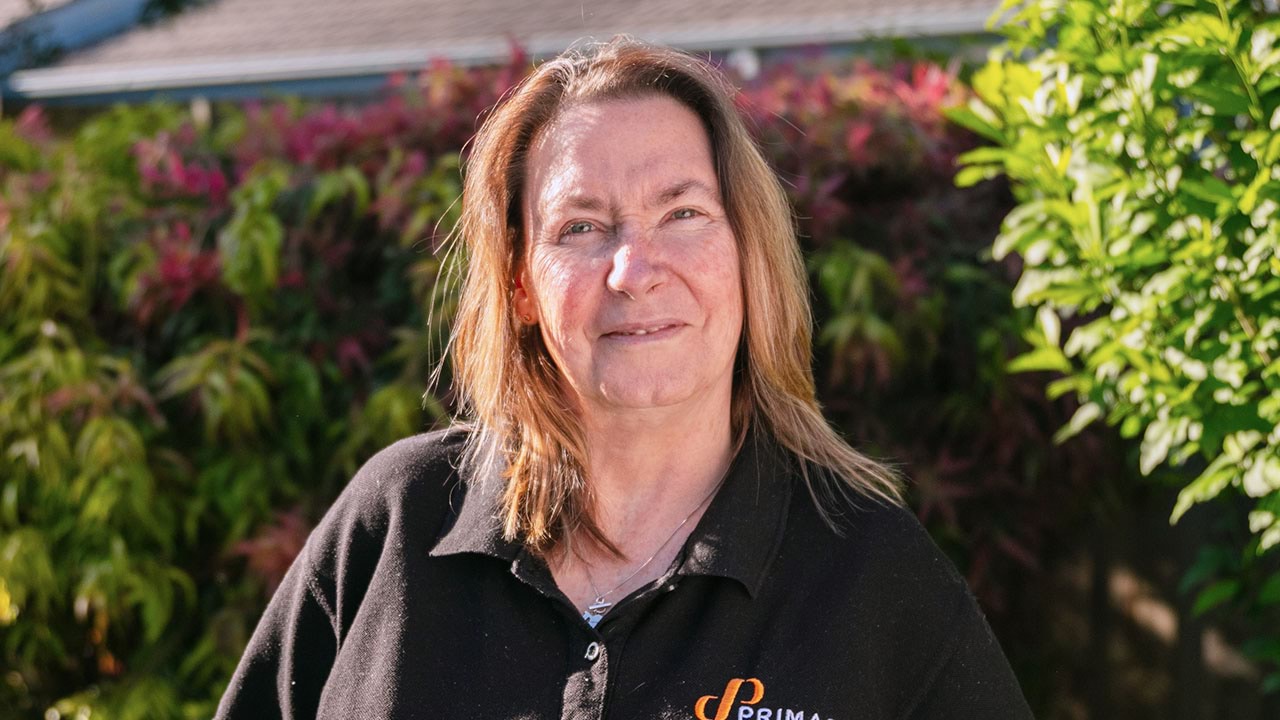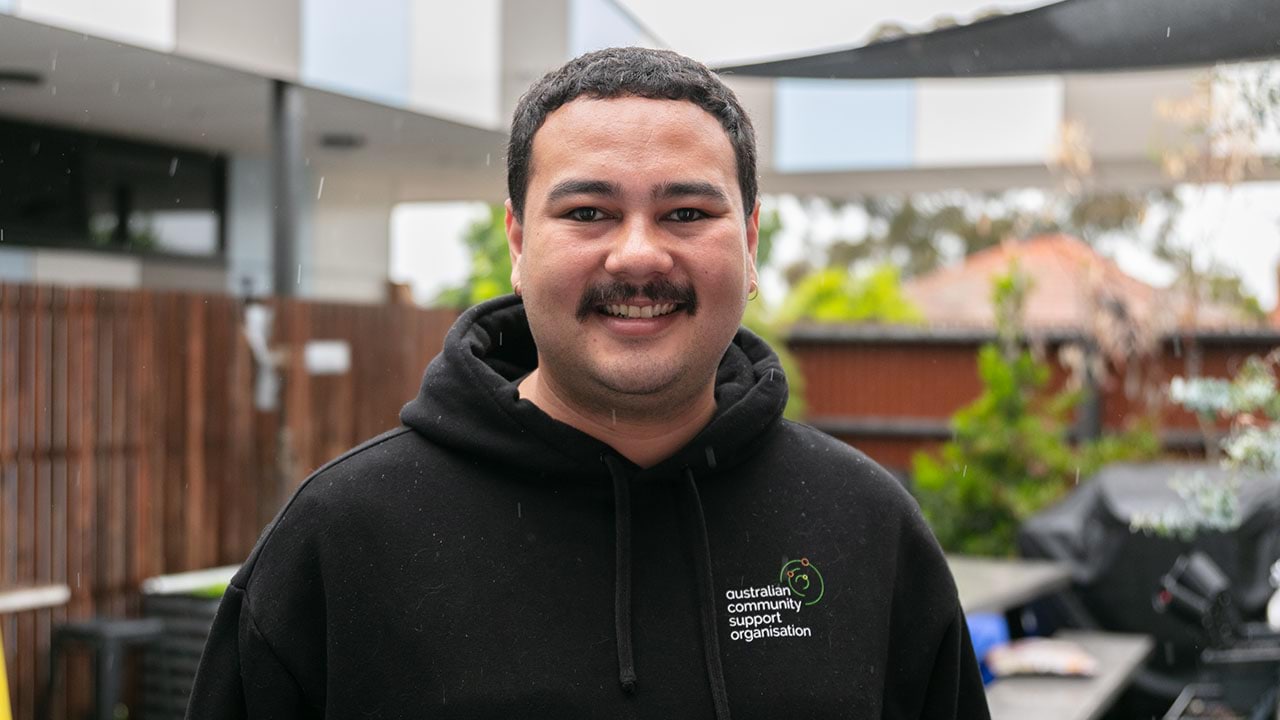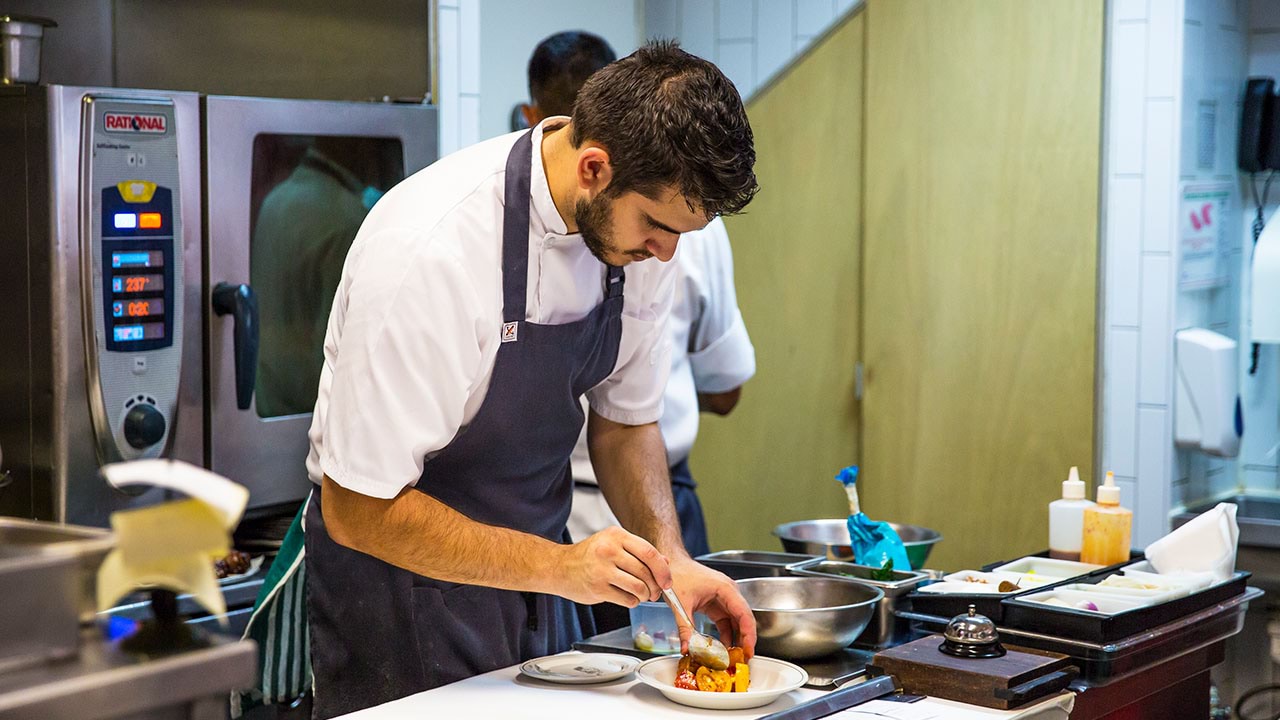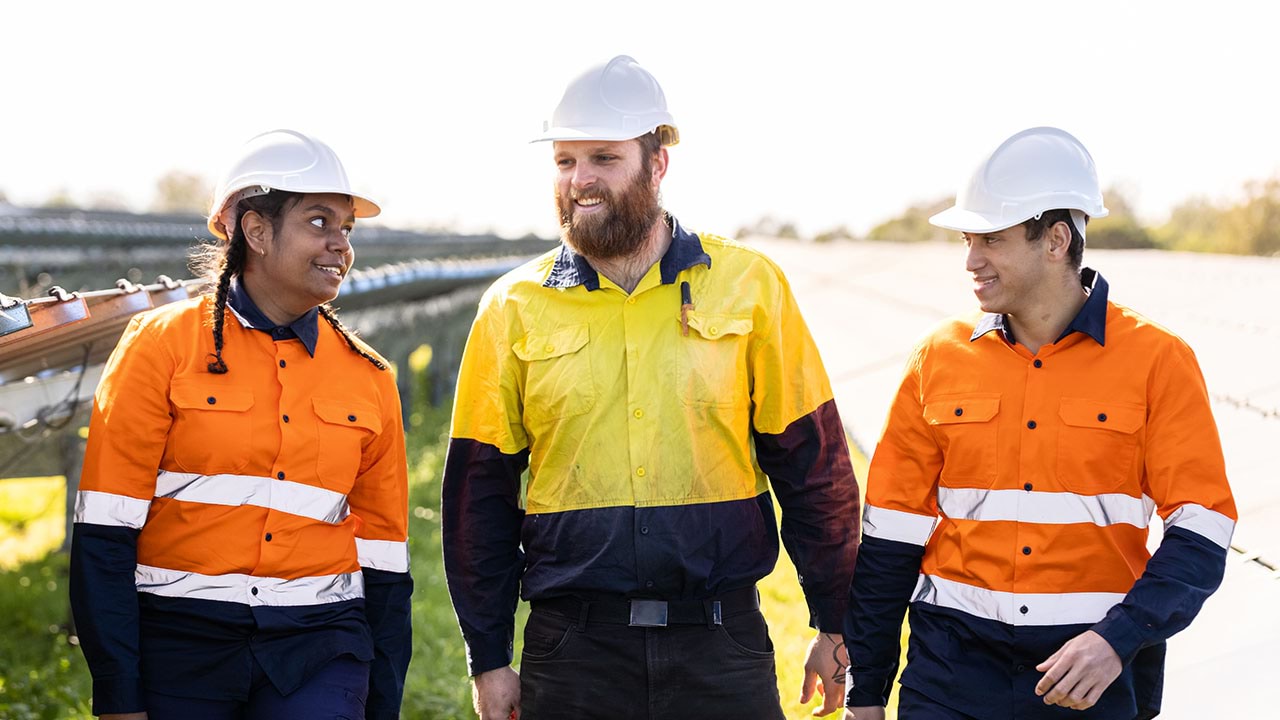Community workers are an important part of the community services industry. They provide support to people of all ages with a range of health, welfare and wellbeing issues.
Find out what a community worker does and the related Vocational Education and Training (VET) courses and pathways you can take to secure a job.
What is a community worker?
Community workers run community development programs and find solutions to community problems. Areas of work could include:
- recreation
- health
- housing
- employment
- welfare services.
You can work in community organisations or welfare agencies. You may also work with young people to help with social, emotional and financial problems.
Find out more about community workers(opens in a new window) and these related jobs on the Victorian Skills Gateway(opens in a new window):
- child or youth residential care assistant(opens in a new window)
- counsellor(opens in a new window)
- disabilities services officer(opens in a new window)
- disability services program manager(opens in a new window)
- diversional therapist(opens in a new window)
- family and marriage counsellor(opens in a new window)
- family support worker(opens in a new window)
- refuge worker(opens in a new window)
- residential care officer(opens in a new window)
- social worker(opens in a new window)
- welfare centre manager(opens in a new window)
- welfare worker(opens in a new window)
- youth worker(opens in a new window).
Related training courses
Explore these related TAFE and training courses on the Victorian Skills Gateway(opens in a new window):
- alcohol and other drugs(opens in a new window)
- chaplaincy and pastoral care(opens in a new window)
- child, youth and family intervention(opens in a new window)
- community services(opens in a new window)
- counselling(opens in a new window)
- disability support(opens in a new window)
- justice and corrections(opens in a new window)
- mental health(opens in a new window)
- welfare(opens in a new window)
- youth work.(opens in a new window)
You may be eligible for government funding to help pay for your course.
Median salary
The median weekly earnings for a welfare support worker in Australia is $1,688.
Source: Jobs and Skills Australia(opens in a new window)
Note this salary is current as of January 2025 and is indicative only. A range of salaries apply to different roles across the industry. Specific data is not available for community workers.
Job demand in Victoria
Below are the employment projections for welfare support worker jobs in Victoria. Figures show the number of workers in 2024 and the new workers expected to enter the workforce by 2027 and 2034.
‘New workers expected’ accounts for workers adding new jobs to the economy and replacing retirees over the next 3 and 10 years. These projections are estimates only. There will be additional jobs available as people move between jobs and industries.
Specific data is not available for community workers.
| Region | Workers 2024 | New workers expected by 2027 | New workers expected by 2034 |
|---|---|---|---|
| Victoria | 20,968 | 1,175 | 5,783 |
| Melbourne – inner metropolitan | 2,406 | 161 | 666 |
| Melbourne – inner south-east metropolitan | 1,227 | 53 | 279 |
| Melbourne – southern metropolitan | 2,629 | 134 | 735 |
| Melbourne – northern metropolitan | 2,851 | 202 | 1,023 |
| Melbourne – eastern metropolitan | 2,381 | 100 | 575 |
| Melbourne – western metropolitan | 2,306 | 207 | 926 |
| Ballarat and surrounds (Central Highlands) | 804 | 41 | 191 |
| Bendigo, Echuca and surrounds (Loddon Campaspe) | 1,335 | 41 | 292 |
| Geelong, Colac and surrounds (Barwon) | 1,447 | 99 | 434 |
| Gippsland | 1,258 | 61 | 301 |
| Horsham and surrounds (Wimmera Southern Mallee) | 276 | <10 | 30 |
| Mildura, Swan Hill and surrounds (Mallee) | 498 | 16 | 52 |
| Shepparton, Seymour and surrounds (Goulburn) | 538 | 11 | 104 |
| Wangaratta, Wodonga and surrounds (Ovens Murray) | 567 | 21 | 114 |
| Warrnambool, Hamilton and surrounds (Great South Coast) | 445 | 19 | 61 |
Source: Victorian Skills Authority Employment Projections Dashboard
Career stories

Never too late: Debbie finds her passion in mental health
“I help people with complex mental health needs who are working towards recovery. This looks different for each individual. Knowing you can be there to help them achieve their goals is so rewarding.”

From chef to caseworker: Raka’s recipe for success
“I work with people who have been in contact with the justice system. There are days where the life path of someone can be altered significantly. You can be there to enable a change for the better.”
Resources to plan your next steps
Visit our community services industry profile to find out about:
- what it’s like to work in community services, and some of the jobs you could do
- training and skills to work in the industry, and financial assistance to help pay for your course
- help getting a job in community services, and industry job projections for Victoria
- other free resources and advice to plan your training and career.
Explore growing industries in your region
Updated



